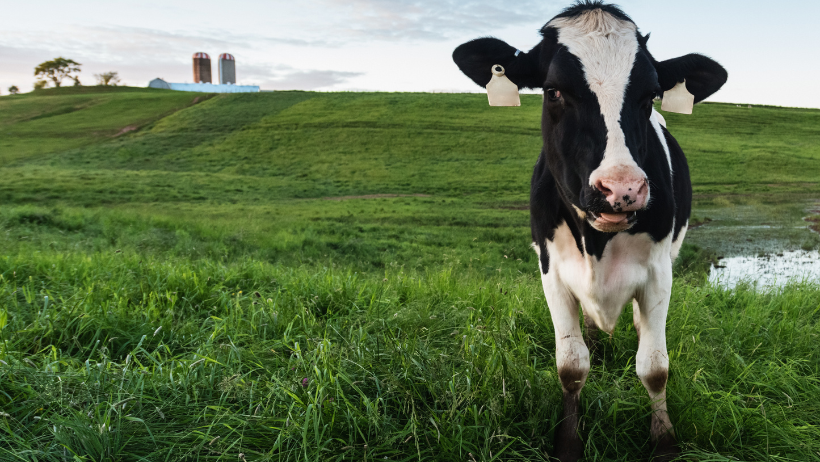How you could use your Forestry Land to earn Carbon Credits
We all know that carbon emissions are bad for the environment. And whilst most of us have jumped on board with energy saving initiatives, for some industries, only so much can be done to reduce carbon emission. If they want to reduce their emissions or become carbon neutral, they’re going to need to purchase carbon credits. In New Zealand we have a large amount of forest land, which in some cases produces carbon credits. If your forest land qualifies you can earn carbon credits that you can then choose to sell on the carbon market. But first, what are carbon credits, how are they produced and how can they earn you money?
What are carbon credits?
A carbon credit represents the right to emit one ton of carbon dioxide (or its equivalent in other greenhouse gases). Each credit is typically measured in metric tons of carbon dioxide equivalent (CO2e). There are various ways to produce carbon credits including renewable energy, such as wind or solar farms, reforestation efforts, energy efficiency initiatives, or methane capture from landfills. Carbon offset projects can also deliver other benefits such as improved air quality, biodiversity conservation and enhance the local ecosystem. Trees for example absorb carbon dioxide from the atmosphere and store it within their trunks, leaves, roots and soil.
Producing carbon credits using forest land
One way you can produce carbon credits is using forest land. If you have forest land, you could earn money by registering your forest land with the Emissions Trading Scheme (ETS) and selling your excess carbon credits. You can earn units if you are registered in the ETS with post-1989 forest land; land with trees that were planted or first established after 31 December 1989. It can include:
- regenerating and planted native (indigenous) forest
- forests of exotic tree species
- mixed-species forest.
The history of the land since 1989 also plays a part in determining if the land is post-1989 forest land. You must also ensure that the forest meets, or will meet, the size and cover requirements for land to be eligible “forest land” in the ETS.
Earning and Selling Credits
To earn units, you must report on how much carbon your forest stores. Each unit represents 1 tonne of carbon (or equivalent greenhouse gases). The number of units you can earn depends on different factors including:
how much forest land you have in the ETS
- the age of the trees
- the forest type
- the rotation (harvest cycle) the forest is on
- the method of carbon accounting you're using.
When you have units, you can either keep them or sell them. You can sell credits through the carbon market and the price of units fluctuates with supply and demand. Companies wanting to offset their carbon emissions, will then purchase your excess carbon credits. There has been significant growth in the trading of carbon credits in the past decade, partially driven by increasing awareness of the impact of climate change and how carbon dioxide is contributing to the issue.
To find out if your forest land is covered by the ETS, whether you can join the ETS, and if you can earn carbon credits see https://www.mpi.govt.nz/forestry/forestry-in-the-emissions-trading-scheme/ for more information.



